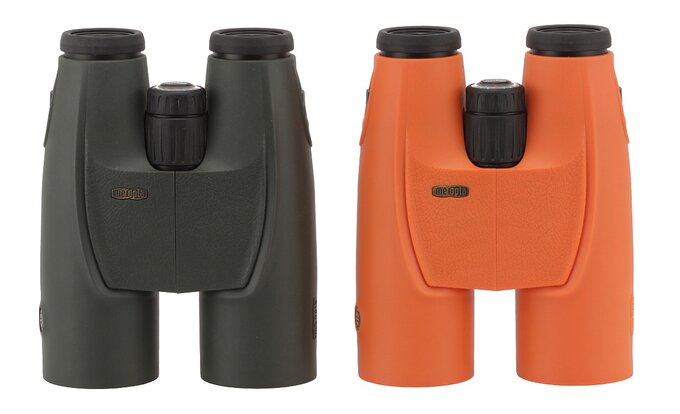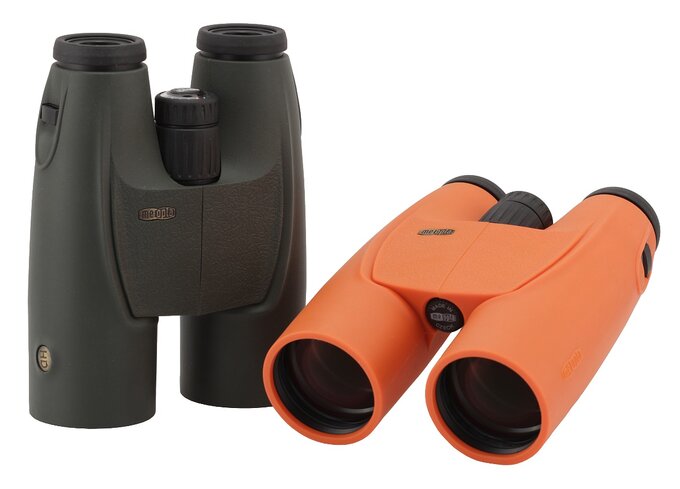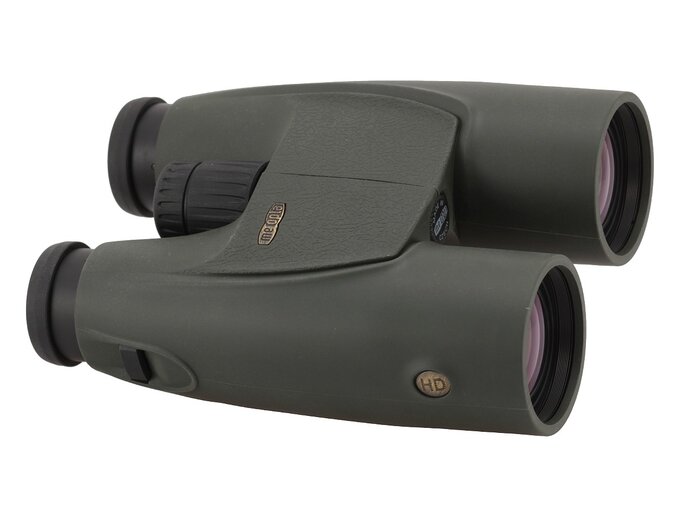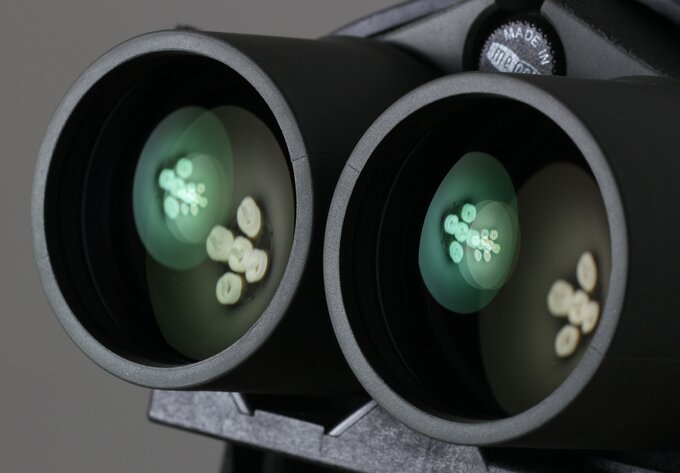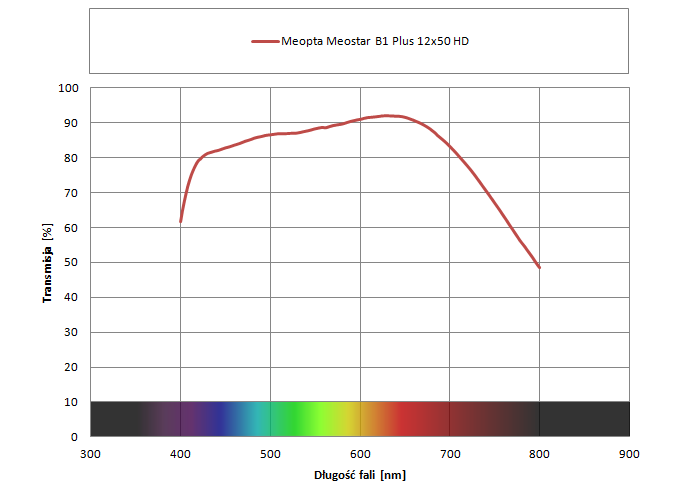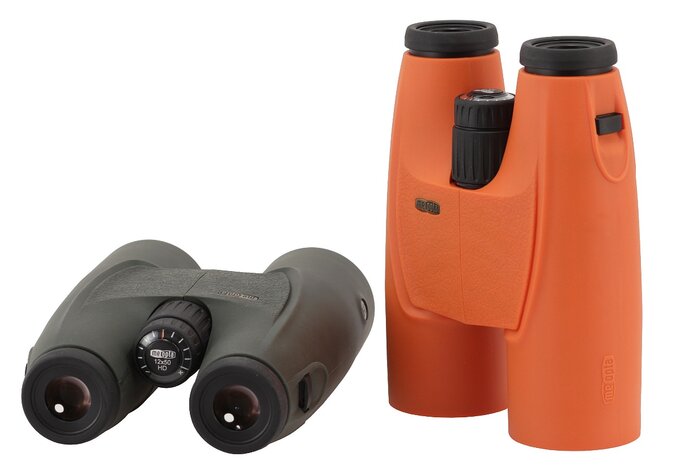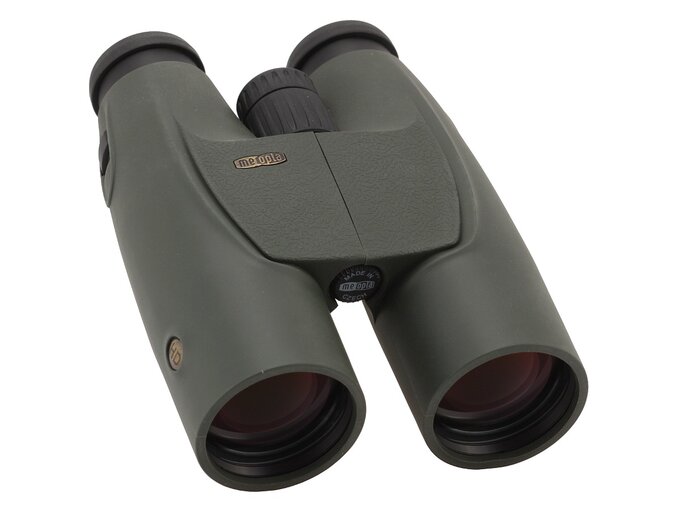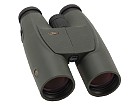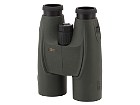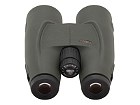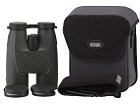| Real front lens diameter |
Left: 50.01+/-
0.05 mm
Right: 49.97+/-
0.05 mm
|
8 / 8.0 pkt |
| Real magnification |
11.98+/-
0.05x
|
3/3.0 |
| Transmission |
87.6+/-
1%
|
15/25.0 |
| Chromatic aberration |
Practically zero in the centre, a bit lower than medium on the edge – a very nice performance indeed! |
8.6/10.0 |
| Astigmatism |
Low. |
8/10.0 |
| Distortion |
The distance of the first curved line from the field centre compared to the field of view radius: 46% ± 3%. |
5/10.0 |
| Coma |
Coma appears in a distance of 70% of field of view radius and is a bit higher than medium on the very edge. |
7/10.0 |
| Blurring at the edge of the FOV |
Blur occurs in a distance of 90% ±2 % from centre of the field of view. |
8/10.0 |
| Darkening at the edge the FOV |
Barely noticeable. |
4.3/5.0 |
| Whiteness of the image |
Distinctly warmer image – slight yellow colouring with just a tad of orange. Transmission curve noticeably slanted. |
4/5.0 |
| Collimation |
Perfect. |
5/5.0 |
| Internal reflections |
| Left: |
Right:
|
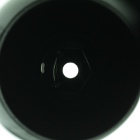 |
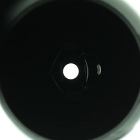 |
A small false pupil. Overall it could have been better at this price point. |
3.7/5.0 |
| Housing |
A huge instrument that seems very solid indeed – you get an impression you deal with a top quality pair of binoculars as soon as you take it out of the box. Good quality rubber armour sticks to your hands as it should. It is attached to the barrel very well but, unfortunately, near objective lenses you can pull it out without any problems. Rubberized eyecups with three detenction stops are very nicely shaped so the binoculars are very comfortable to look through. Produced in the Czech Republic. |
7.5/8.0 |
| Focusing |
A central wheel of moderate size with rubber ribbing. Its full working range amounts to 580 degrees. The wheel moves smoothly and is properly damped. Dioptre correction done through a smaller click-stop wheel on the central wheel. Nothing moves outside. |
5/5.0 |
| Tripod |
There is a tripod exit but not easy to reach. |
2.5/3.0 |
| Interpupilary distance |
from 55 to 73.4mm
|
4/6.0 |
| Closest focusing distance |
3.2 meters. |
2/2.0 |
| Eyepieces FOV |
Apparent field of view of eyepieces amounts to 62.7 degrees (according to the simplified formula) and 57.4 degrees (according to the tangent formula). |
12.5/20.0 |
| Field of view |
Measured by us amounted to 5.23 ± 0.04 degrees and was a tad narrower than stated in specifications. A quite sensible field for this class of parameters. |
6.5/8.0 |
| Quality of the interior of the barrels |
Tubes are dark and matt inside, with a high number of apertures. A prism cell is gray, the bottom is dark. Very clean inside. |
4.5/5.0 |
| Vignetting |
| Left: |
Right:
|
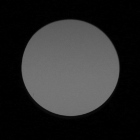 |
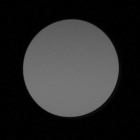 |
OL: 1.55%, OR: 3.07% |
5/8.0 |
| Prisms quality |
Good quality BaK-4 |
8/8.0 |
| Antireflection coatings |
Green-purple-pink on objective lenses, yellowish on the prisms and yellow-pink on the eyepieces. Intensity between low and medium. |
4.8/5.0 |
| Warranty [years] |
30 |
5/6.0 |
| Final result |
77.3%
|
146.9 / 190 pkt
|
| Econo result |
|
0pkt. |
Summary
Pros:
- very solid casing,
- slight astigmatism,
- moderate coma,
- very good correction of chromatic aberration,
- sharp image almost across the whole field of view,
- low brightness loss on the edge of the field,
- good quality coatings and prisms,
- proper blackening of inner tubes.
Cons:
- a tad truncated exit pupils.
At the begninning we can say that the Meostar B1 Plus 12×50 HD is easily the best Meostar device we've tested so far. Models without HD letters in their name scored as high as 137-140 points but the Meostar B1 10×42 HD got already 143.7 points. Compared to that 146.9 points gathered by the Meostar B1 Plus 12×50 HD in our test are really impressive.
The optical construction of the tested binoculars didn't change from their launch in 2013 but every version of Meopta has improved coatings. The effects cannot be missed, both when you look through the binoculars and when you glance at its transmission graph.
Compared to the 10×42 HD model the transmission graph of this one is less slanted so the colours are rendered better and higher results can be spotted almost across the whole visible spectrum. That's why the transmission in the centre of visible spectrum (called by Meopta daylight transmission) amounts to 87.6% and is in perfect accordance with the value of 88%, declared by the producer.
The colouring is very pleasantly warm. A delicate yellowish hue with orange overtone is easy on the eye; you can really get used to it, of course providing you don't compare it to a pair of binoculars with a perfect colour rendition.
Still in this area the Meopta lags behind the best instruments so we think, with the price of the binoculars exceeding 1000 Euro its transmission needs some further improvements.
Overall the Meopta Meostar B1 Plus 12×50 HD makes a really good impression, mainly due to its build quality. When you handle it for the first time you don't doubt it's a top-of-the range product – the solidity of its build leaves far behind the majority of binoculars produced in China which prices are now reaching a level of 1000 Euro. I didn't test the endurace of the Meopta but I bet this pair of binoculars will easily withstand 10-20 years of intensive wear and tear; anyway I suppose in any endurance ranking it would be placed very high.
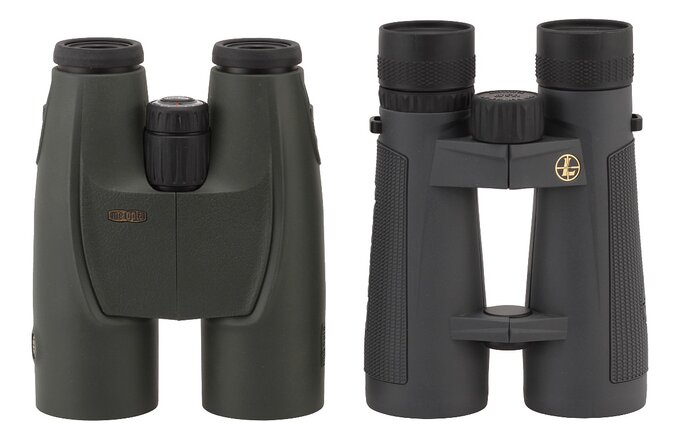
Meopta Meostar B1 Plus 12×50 HD and Leupold BX-5 Santiam 12×50 HD. |
When you look through the binoculars that good impression remains unchanged – the Meopta is a joy to use, everything works as it should. You get sharp images across the field, chromatic aberration is curbed down, coma -properly corrected, astigmatism level is very low and brightness loss on the edge of the field – negligible.
To sum up the Meopta Meostar B1 Plus 12×50 HD made a very positive impression on us. If you intentionally decide to buy it you won't regret your decision for sure.
